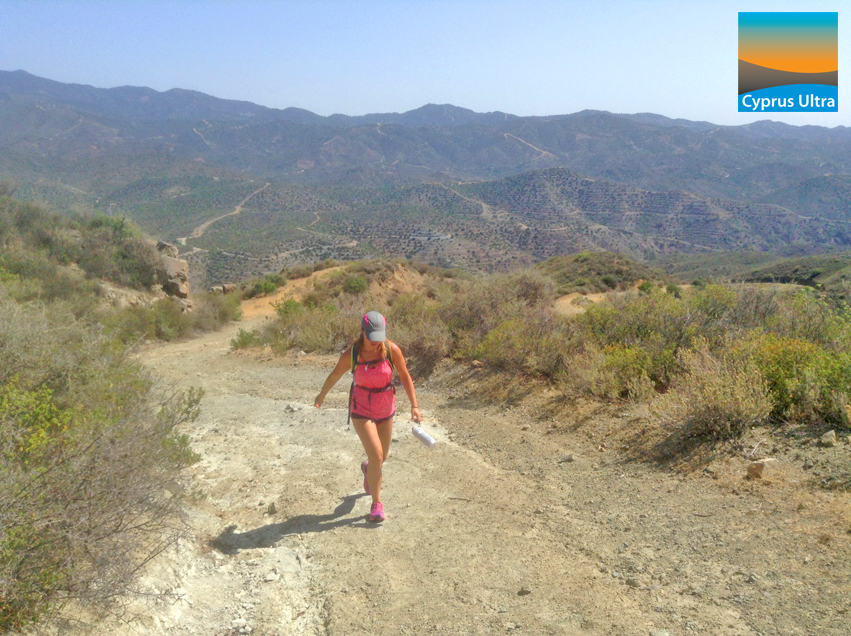|
1. Lean In
The main thing to focus on when running uphill is to lean into the ground and use your forward momentum. For some runners, this is second nature. On steep grades, Sage Canaday, who won Utah's mountainous Speedgoat 50K , looks like he is nearly kissing the trail. How can you get similarly intimate with the terrain and reap the uphill benefits? First, look down at the ground in front of you (which you should be doing anyway to watch your footing on trails). Second, tilt your centre of gravity forward, aiming to mirror the gradient beneath your feet. For example, when I’m on a 10 percent grade, I think about leaning 10 percent forward from centre. On steeper grades, I go even farther forward. Finally, when running with this technique, think of your legs less as powerful pistons, and more as tools to keep you from falling face-first into the ground. With each step, your momentum while leaning forward will carry you up the mountain—your legs merely keep the forward motion going. This technique takes practice, but staying too upright is the number-one mistake that most self-proclaimed “bad hill runners” make. Concentrating on leaning forward is the first step to becoming a mountain goat. 2. Relax If this advice is good enough for Frankie Goes to Hollywood, it’s good enough for everyone. Frankie got it right when they sang, "Relax, don't do it"—when it comes to pushing yourself up a hill, anyway. Running uphill, tension makes every step harder, forcing you into a hike that much sooner. Relaxing is simple. First, and most importantly, focus on letting your leg muscles loosen whenever your leg is not in active contact with the ground. The step-to-step cycle of contract-loosen-contract-loosen will delay accumulation of fatigue in your legs and allow you to push longer. Second, while leaning forward, concentrate on letting your lower back release tension. A slight forward lean on uphills can immediately be counteracted by a lower back that springs you upright every chance it gets. Finally, never contract your arm muscles. Just let them flop around like the somewhat useless (running) appendages they are. While the arm swing is an important component of running, a good uphill arm swing should feel very similar to having a couple wet noodles going back and forth at your side. 3. Hike with a purpose Hiking is the dirty secret of the trail-running world. You almost never see a magazine cover with someone walking. But like pooping, everyone hikes, even the pros! That said, there is often a massive difference between how people hike. And that difference can turn something fast and efficient into a waste of time. So how do you hike with a purpose? Alex Varner uses perfect hiking form at the World 100K Trail Championships. Photo by Joel Pellicier First, as with running uphill, lean forward. Even farther forward. Even farther. Perfect. When power-hiking uphill, you want to feel like you are almost parallel to the ground (even if you are actually not even close). Second, unlike running uphill, focus on using your arms. The ideal technique is to place your hands on your quadriceps closer to the hip than the knee. Each time your leg pushes off, use your arm to push down and give you an extra lift. Finally, alternate uphill running and purposeful hiking for maximum efficiency. Like running uphill, power-hiking is hard, and mixing it up will allow you to go farther, faster. My preferred breakdown is 10 seconds running, 20 seconds hiking, but any mix can work. As for when you should start hiking, that is a personal choice. Experiment with what works for you. Use these few simple steps, and you’ll be loving climbing in no time! Or, at the very least, with your new uphill speed, the suffering will be over way sooner.
Comments are closed.
|
Categories
All
|
YOUR LOGO HERE - SPONSOR THE GREATEST ULTRA RUNNING CHALLENGE IN CYPRUS
|
Cyprus Ultra Marathon, Vasa Kellakiou, Limassol hills. Est. 2011.
Vasa kellakiou/sanida/kalavasos 21km loop created by Michael Rivers. |
First ultra marathon in cyprus to accept BTC
|
World's first vegan ultra marathon
|











